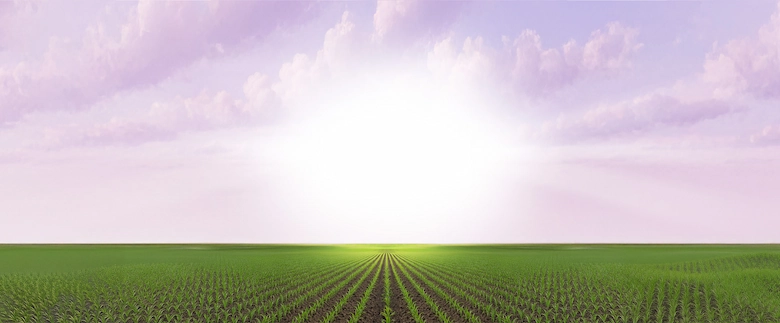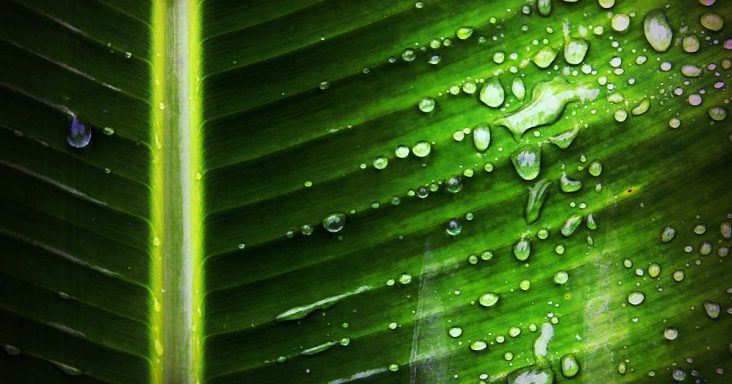

NGSS.3-5-ETS1, NGSS.MS-ETS1, NGSS.HS-LS1-5, NGSS.HS-LS2-5
Access to the internet, cell phones, prop materials (paper, scissors, markers, etc.)
All plants, algae, and even some microorganisms use photosynthesis. Photosynthesis is the transfer of energy from the sun to a plant. The formula for photosynthesis is 6CO2 + 6H2O + Light energy --> C6H12O6 (sugar) + 6O2. By taking in water (H2O) through the roots, carbon dioxide (CO2) from the air, and light energy from the sun, plants can perform photosynthesis to make glucose (sugars) and oxygen (O2). After the sugar is produced, it is then broken down by the mitochondria into energy that can be used for growth and repair. The oxygen is released into the atmosphere through the leaves, providing oxygen to other life forms on earth that need it -- like humans!
Share the background information with the students, then share the puzzle to be solved. Determine constraints (e.g., time alotted, space, materials provided, etc.) and divide students into small groups.
Ask a series of questions to help students brainstorm solutions to the puzzle. Encourage students to list all ideas – don’t hold back! Before moving on, make sure each group selects a solution that fits within the contraints.
Students diagram the prototype, identify the materials needed to build the prototype, and write out the steps to take. Students describe the expected outcomes.
Students follow their design plan and build their prototypes. Monitor their progress and remind them about how much time they have.
Students evaluate their creation and compare it with the expected outcomes. Students seek areas of improvement and make changes where needed.
Students share their solution to the puzzle and communicate lessons learned.
Encourage students to be creative and to use props! Create a list of key vocabulary you’d like them to include in their video.